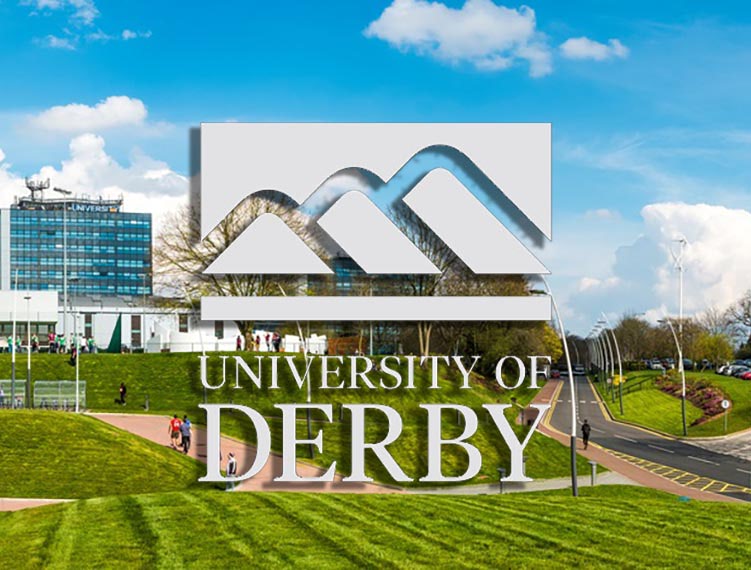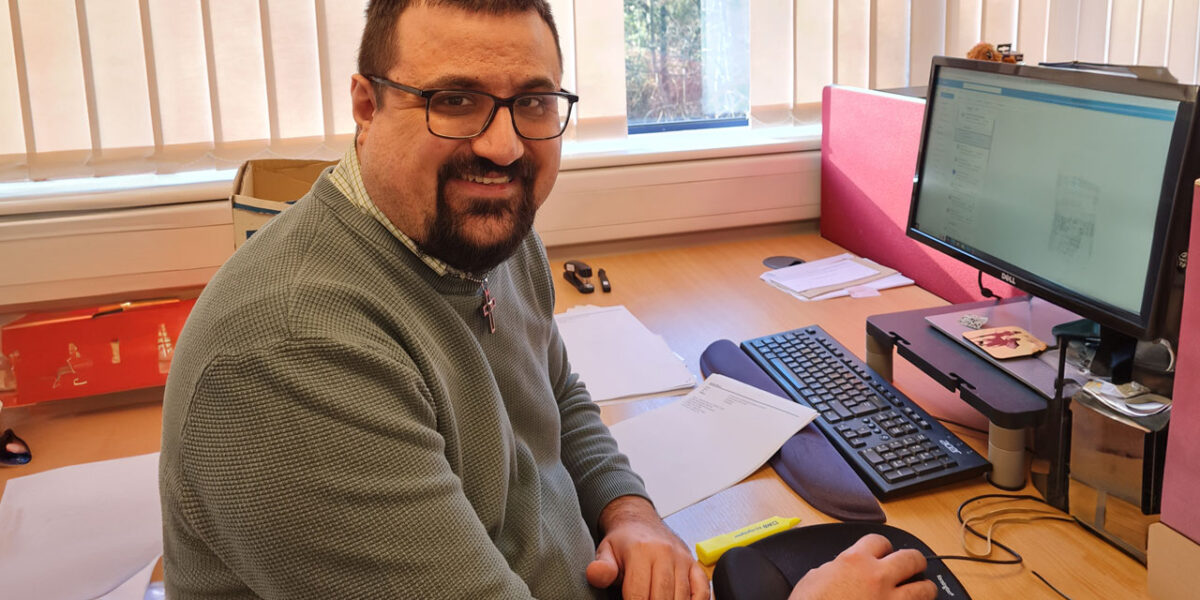Why now could be the right time to DE-Carbonise

@DerbyUni- The UK is committed to making a ‘net zero’ contribution to the world’s carbon emissions by 2050, and businesses will play a big part in that process in the decades to come. But there are already ingenious ways that firms here in Derbyshire can not only reduce the environmental impact of their operations now, but cut their costs too, as Dr Gary Wright, Senior Researcher in Low Carbon Technology at the University of Derby, explains.
We use the phrase ‘small business’ to indicate the scale of its operation, the number of employees, its physical space or its customer base, but do we consider how ‘small’ the impact each business has on the environment?
Or, for that matter, do companies truly understand how much polluting processes are adding to their costs?
Why Decarbonise?
To understand why we need to decarbonise, we need to appreciate the context of the UK’s determination to reduce total greenhouse gas (GHG) emissions.
Firstly, the UK is currently committed under the Climate Change Act 2008 to a reduction of 100 per cent of its emissions by 2050, compared to 1990 levels.
That is going to require a significant acceleration of the action the UK is already taking in areas such as energy, transport and buildings.
It will need policies to incentivise business investment too, but the target is already beginning to influence regulation and legislation, and that will become increasingly evident in the decisions more and more businesses take in the coming decades.
Secondly, what are we decarbonising? If we consider the GHG emissions associated with the UK’s ‘Carbon Footprint’, then Carbon Dioxide (CO2), which increases the quantity of GHGs which trap heat in the atmosphere, gets the most attention.
But, in fact, it is one of only three main GHGs, alongside Methane (CH4), which absorbs the sun’s heat and warms the atmosphere, and Nitrous Oxide (N2O), which impedes the protection from the sun’s ultra-violet rays provided by the ozone layer, with a combined output measured in tonnes or mega grams of Carbon Dioxide equivalent (MgCO2e).
This footprint is effectively the impact of consumption spending by UK residents on goods and services, and that isn’t just a measure of the UK experience, but is the sum of all emissions along the supply chain, wherever in the world they arise.
These ‘consumption emissions’ are distinct from emissions ‘produced’ within a country’s territory or economic sphere, but they are measured together with those which are directly generated by British households through private motoring and burning fuel to heat homes.
In short, implementing ‘net zero’ requires not only legislative support from government and buy-in from businesses, but also a social contract with individual consumers.
In the space of 12 months, essential work with companies across our region has already taken more than 350 tonnes of carbon dioxide equivalent (CO2e) out of the atmosphere.
Dr Gary Wright, University of Derby
DE-Carbonising business
Just over a year ago, the University of Derby, Derby City and Derbyshire County Councils, were granted an extension to the D2EE Low Carbon project, renaming it DE-Carbonise.
DE-Carbonise, which will run until November 2022, provides a combination of resource efficiency grants, bespoke technical expertise and oversight of de-carbonisation initiatives in small and medium enterprises (SMEs) within the D2N2 region (Derby, Derbyshire, Nottingham, Nottinghamshire).
The University’s involvement is a fusion of the expertise within its Business School and its Institute for Innovation in Sustainable Engineering, quantifying the change in carbon emissions associated with any proposed change in business practice. In the space of 12 months, that essential work with companies across our region has already taken more than 350 tonnes of carbon dioxide equivalent (CO2e) out of the atmosphere.
We can calculate its impact using an agreed formula, using the government’s annually updated emissions data: GHG emissions = activity data x emission conversion factor. This helps us to provide a clear and practical approach to business emissions reporting.
But a better way to explain this is to provide a couple of differing examples of the project’s many decarbonising successes in its first year.
Crassus Grab Hire, in Draycott, near Derby, specialises in waste removal and the delivery of aggregates and topsoil. The firm was keen to investigate how it could recycle the waste it collected and through the University’s Invest to Grow scheme initially received funding to purchase equipment to help with this, resulting in the creation of two new jobs.
However, Crassus was struggling with exactly how to make further improvements, so the managers approached our DE-Carbonise project team for help.
Through a carbon reduction audit, we identified that the firm could turn its current waste into a reusable product — a topsoil which is non-hazardous, safe to use and which meets the relevant British Standard.
An action plan outlined six key steps the team needed to take, and over an eight-week pilot project, they screened and tested 600 tonnes of soil, selling 90% of what was essentially a by-product. This led to a carbon saving of 0.5 tonnes, reduced their annual mileage by 1,600 and saved them £9,360.
Or, expressed in annual terms, the pilot demonstrated the process had the potential to reduce the company’s CO2 emissions by over 14 tonnes, while at the same time as delivering cost savings of more than £60,000.
“We started this journey seeing waste as a problem,” said company director Clodagh Howcroft. “But now we see it as an opportunity.”
The next step is to look at how that waste can be turned into an aggregate, which has opened the door to more collaboration between the company and academia, this time through engagement with researchers in the University’s College of Science and Engineering.
As one of the UK’s top 50 mechanical and electrical companies, Barlborough-based Carmel (UK) Ltd, specialists in scalable managed building services for major retailers, national developers and commercial chains, had its employees travelling over 1.3 million miles a year, primarily in cars and vans. Expressed in GHG terms, that meant an annual carbon footprint of 374 MgCO2e.
DE-Carbonise assessed the data and then produced a series of recommendations including:
- Monitoring travel emissions and making it a KPI for the business
- Shifting from road to rail transport in a phased way
- Replacing necessary road vehicles with electric ones
- Installing charging infrastructure
- Changing organisational focus from ‘time spent’ to ‘tasks achieved’.
Once we calculated that taking these steps can reduce Carmel’s carbon footprint from transport by up to 95% within just a few years, the company committed to delivering them, applying for grant funding to support their implementation, and working with DE-Carbonise to realise the benefits the changes will bring to their operations, their footprint and the planet.
For more information about DE-Carbonise, visit our website.











Responses